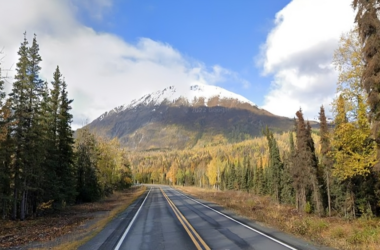The Alaska Department of Fish and Game is partially contributing a lower 2017 Upper Cook Inlet sockeye salmon forecast to increased glacial melt and warmer ocean temperatures.
The run forecast for the Kenai River is approximately 2.2 million, which is 1.4 million less than the 20-year average of 3.6 million.
Department Research Project Leader Mark Willette says there were fewer fry found this year. He cited a higher turbidity in Skilak Lake, or increased glacial melting, that impacted the food abundance for salmon fry.
Willette: “When we have higher turbidity which reduces light penetration, that directly affects the amount of algae which grows in the lake which feeds the copepods that are the food for the juvenile sockeye.”
He says the rate of glacial melt fluctuates quite a bit from year to year but the Department has seen a trend of increasing in turbidity in Skilak Lake since they began measuring it in 1986.
Another possible factor which was figured into the forecast was the warmer than normal temperatures the Gulf of Alaska experienced last year.
Willette: “I appears that when the temperatures out there are extremely warm as they have been it’s reducing marine survival.”
2017’s low forecast if preceded by a disappointing 2016 where the overall sockeye salmon run in the Upper Cook Inlet came in 26 percent below the pre-season forecast.
Click here for the full Upper Cook Inlet 2017 sockeye salmon forecast.






